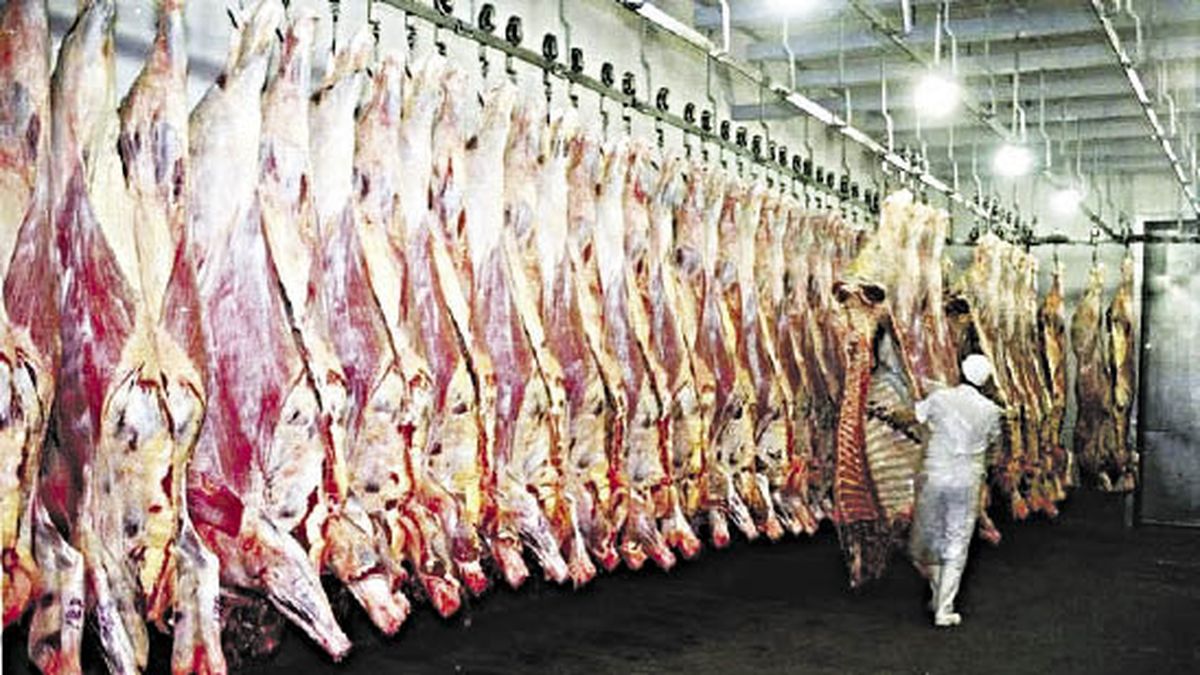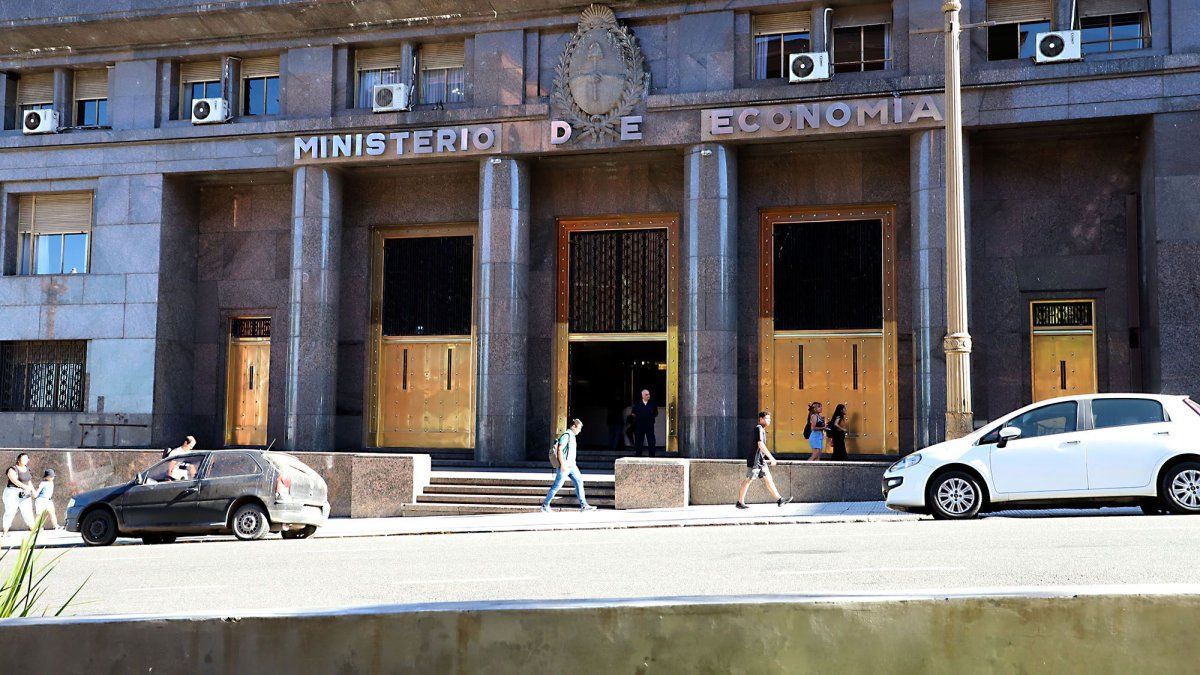“The available statistics are already beginning to reflect what the market has been receiving in the last two months. A heavy demand, already badly hit in its purchasing power, which currently finds a level of supply of property that is atypical for this time of the year, due to the strong drought that the fields present.This scenario leads to greater downward pressure on the prices of the large farm that is absorbed in the local market, accumulating falls of more than 20% in real terms so far this year, measured against an annual inflation rate that rises to 53% in the first nine months of the year.In effect, the price of meat at the counter -according to measurements of the IPCVA until August- registers a contraction in real terms of 13.4% in eight months, given the consumer’s difficulty in accompanying this inflationary escalation”, they explain from the Livestock Market of Rosario (Rosgan).
The drought came to complicate all the ranchers’ plans and today the market is literally awash with meat and of course this is reflected in the prices. According to the economic monitor of CEPA in September the product rose just 1.8% when inflation is expected for that month around 6.7%.
As long as it doesn’t rain again in the fields, something that at the moment is not forecast in the short term, the supply of meat will continue to be high, but in any case, the hit pocket of the consumer still cannot absorb the good news with prices that remain quite above the average and in a framework in which, in addition, meat substitutes go up in price because of the elevator.
Chicken, for example, for the seventh consecutive month, registered an increase greater than the average for beef, of 3%. The indicator that usually represents this process and that links the evolution of the roast price in relation to the price of chicken, shows a slight increase that reaches 3.08%, the second lowest value of the last two years, as a result of the increase chicken differential.
“If the number of kilos of fresh chicken that can be bought with one kilo of the most consumed beef cut (asado) is analyzed, it is observed that the asado had risen strongly in relation to chicken: the gap between both products reached be 4.04 kilograms in December 2021. This relationship shortens in 2022, reaching a gap of 3.08 products of the increase in the price of chicken in September.Likewise, in year-on-year terms, the variations in beef cuts they are below accumulated inflation (+83.9%)”, they detail from CEPA.
“To this combo you also have to add external factors. China, the main buyer of beef from Argentina, began to slow down its purchases for at least two months and local refrigerators are already anticipating that this situation may culminate in a crisis for the industry. At the same time, international prices fell by 0.5% during September. For the third consecutive month, the FAO Meat Price Index registers declines, although it is still 7.7% above the value of September 2021. International prices of sheepmeat were the ones that fell the most, but so did the prices of beef due to the high availability of exports from Brazil and the high liquidation of cattle in some producing countries. Meanwhile, poultry meat fell marginally and pork rose due to tight supply of slaughter pigs in Europe,” the analysis continued.
As a summary from CEPA they detail: “the evolution of the price of beef is explained, to a large extent, by the drought effect (which improves the offer), the fall in consumption and by the international situation (where prices at low obviously influence the local market.) In this last aspect, and as we mentioned a few months ago, the stability of the prices of beef is due to the evolution of the price of corn (which, although it increased, only closed the gap with the farm price) and an international scenario that exhibits falling food price levels (along with a decreasing demand for exports), so the ‘contagion’ effect on non-exportable categories results in price movements insignificant”.
Finally, with regard to the coming months, they emphasize: “it is appropriate to closely monitor what may happen to Chinese demand, in addition to what happens with the evolution of the price of corn (the lower amount of corn offered towards the end of the year usually generates pressure on the rise in meat prices). To this is added the reiterated claim about keeping up with inflation levels in counter prices. For now, the evolution of the price of the 300/390 kg steer in the Treasury so far this month of October has been shown without substantial modifications”.
Source: Ambito
David William is a talented author who has made a name for himself in the world of writing. He is a professional author who writes on a wide range of topics, from general interest to opinion news. David is currently working as a writer at 24 hours worlds where he brings his unique perspective and in-depth research to his articles, making them both informative and engaging.




